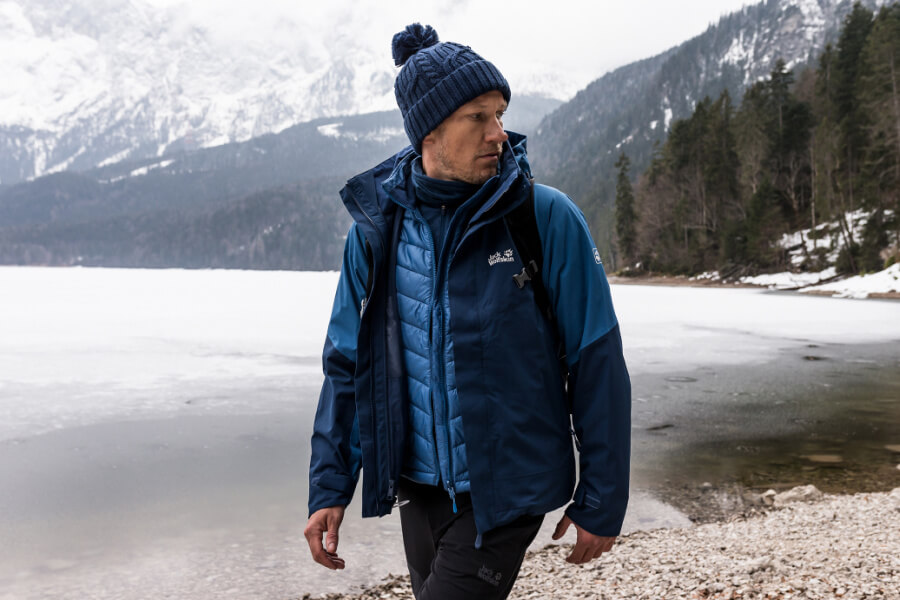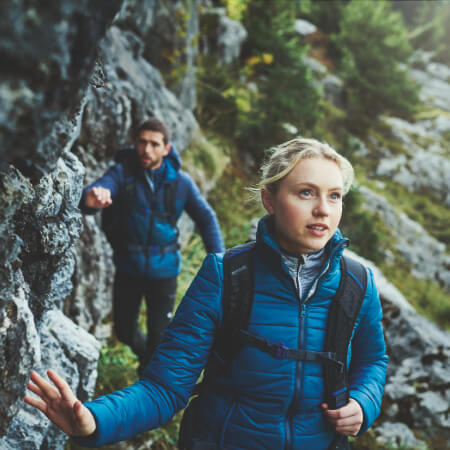The key to staying warm is layering, and it’s really quite simple – the more layer you put on, the warmer you’ll be. This is because air gets trapped between each layer, acting as insulation.
When we talk about layering clothing, we usually refer to three layers – baselayers, mid-layers and outer layers, although you can have as many or as few layers as you need. We’ve provided a little more info about each layer.
Baselayers
This is the layer that goes against your skin and traps air against your body. Base layers are usually made from stretchy, figure-hugging material that should also be breathable to allow material to escape away from your body. You shouldn’t wear a t-shirt as a base layer as this will likely retain moisture and make you cold.
Read more: What are Baselayers? A Guide to Thermal Wear


















